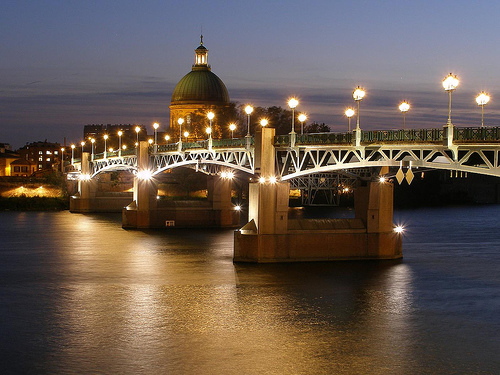Toulouse (pronounced [tuluz] ( listen) in standard French and [tuˈluzə] ( listen) with a Toulouse accent; Occitan: Tolosa, pronounced [tuˈluzɔ], primarily[clarification needed] Tholoza) is a city in southwest France on the banks of the River Garonne, 590 km (366 mi) away from Paris and half-way between the Atlantic Ocean and the Mediterranean Sea. With 1,102,882 inhabitants as of Jan.1 2006,[1] the Toulouse metropolitan area is the fourth-largest in France, after Paris (12 million), Lyon (1.8 million), Marseille (1.7 million).




toulouse france more wallpapers
toulouse france more wallpapers
toulouse france more wallpapers
toulouse france more wallpapers













